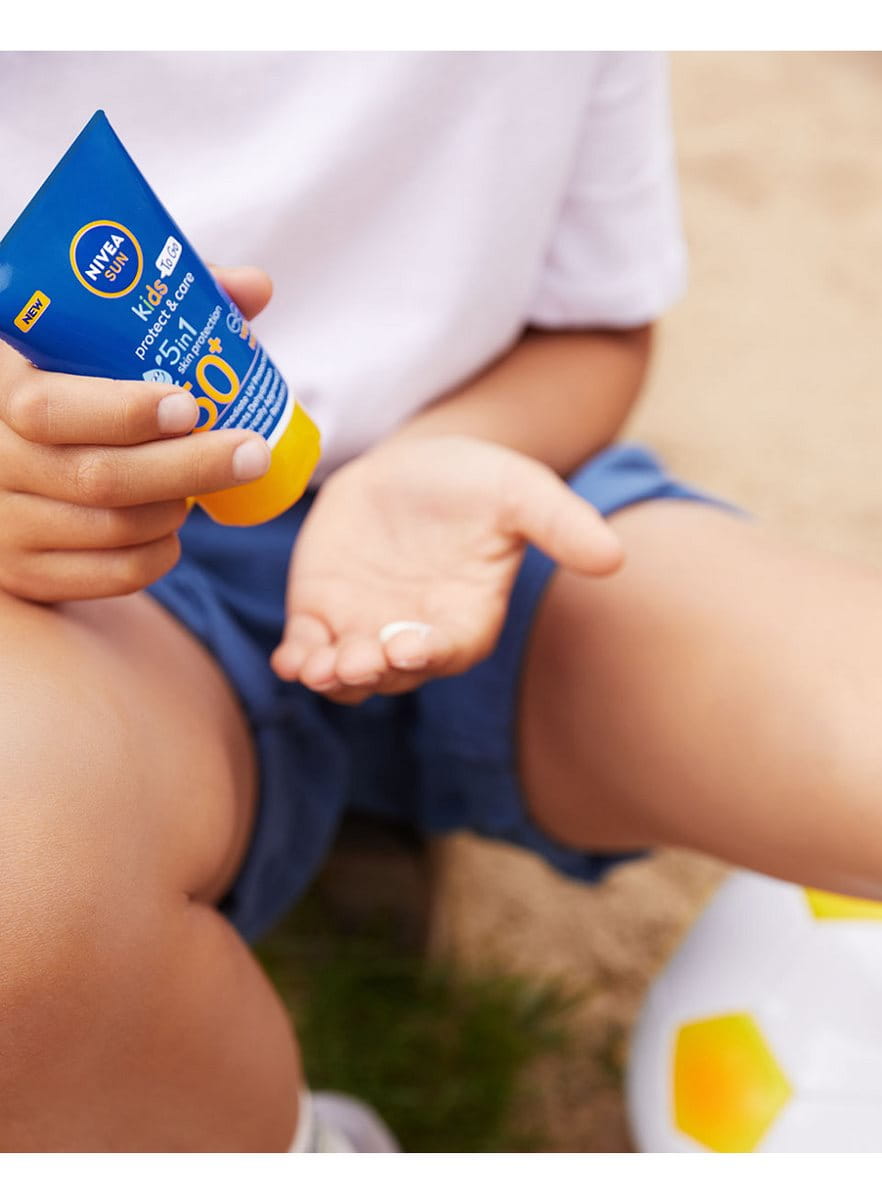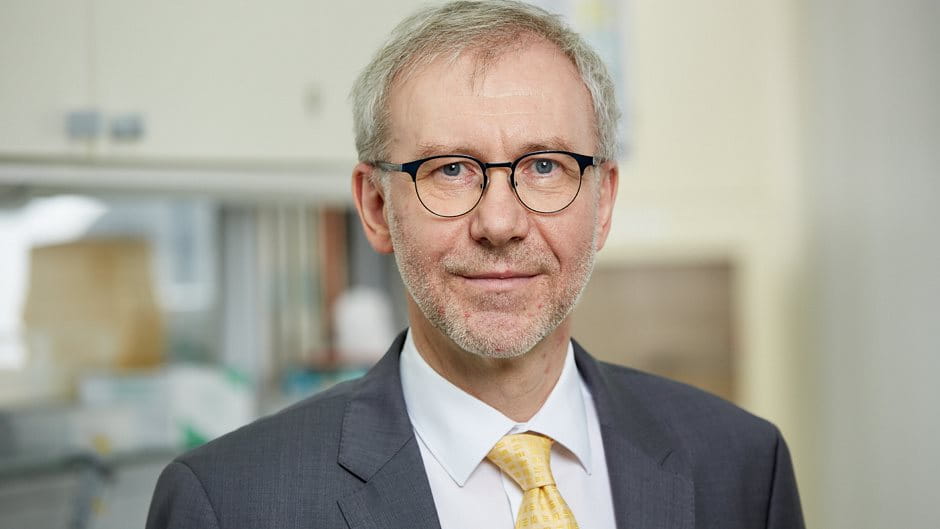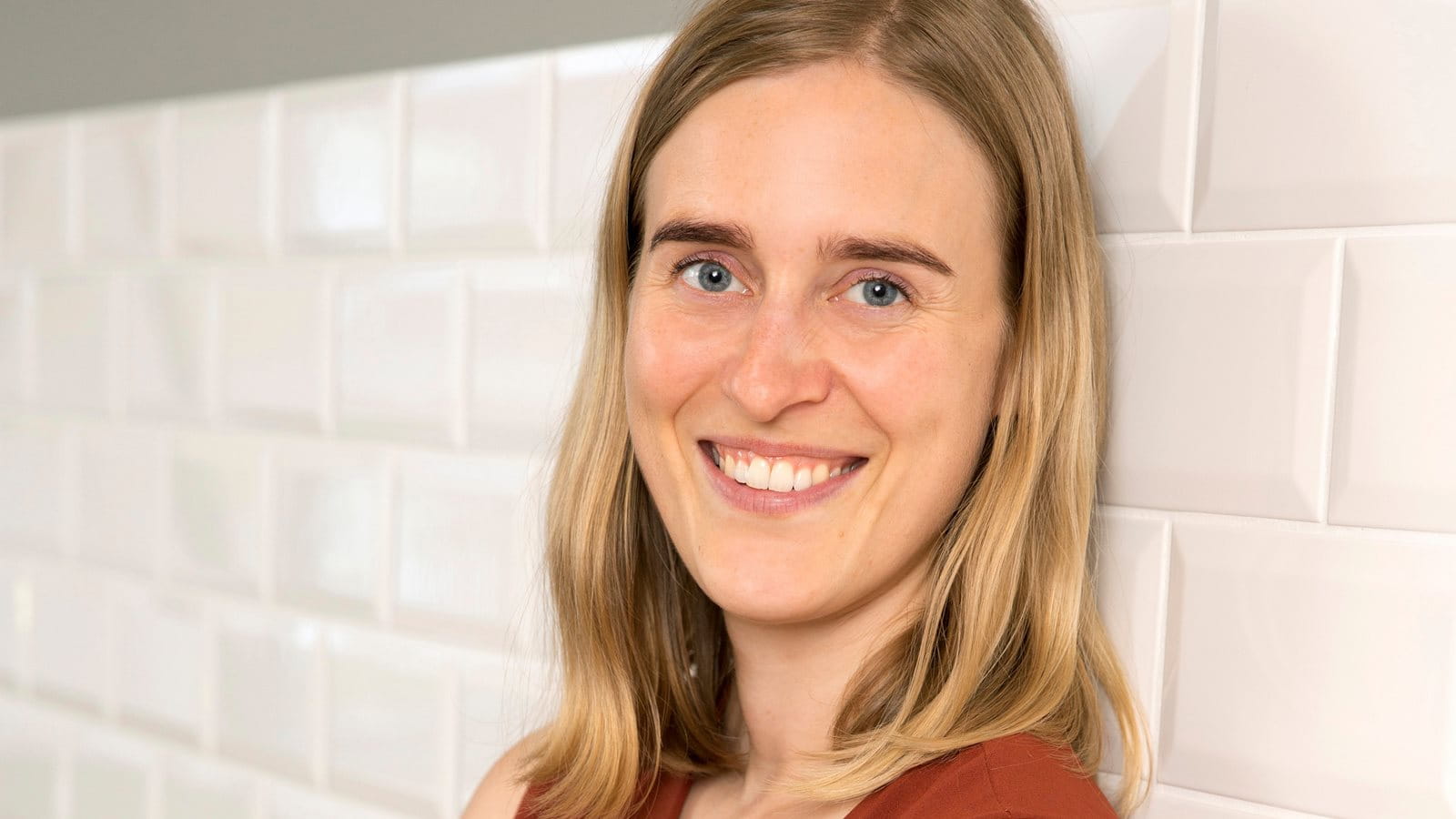Everyone’s skin is very individual and unique, and that’s
exactly what we should tailor sun protection to. Every person has their own
so-called self-protection time. This indicates how long our skin can protect
itself from the sun without suffering damage. Lighter skin types, perhaps even
with freckles and light blond or red hair, have a very low self-protection time
of ten minutes – they have to protect themselves particularly strongly from the
sun compared to darker skin types and a self-protection time of thirty minutes.
The skin of children, for example, only has a self-protection time of about five
minutes, so a sun protection factor (SPF) of 30, or even better 50, should be chosen
for them.
The sun protection factor indicates how long sun creams, sun
sprays and the like protect the skin from the negative effects of UV radiation – i.e., from sunburn or premature skin aging. The higher the sun protection
factor, the longer the protection lasts. With a self-protection time of ten
minutes and SPF 30, that’s 10 x 30 minutes, so 300 minutes. Bearing in mind,
however, that sweating or rubbing against sand or towels reduce protection, the
optimum should never be exhausted. The important thing is that as few UV rays
as possible penetrate the skin, so SPF 50 is a very good choice – SPF 30 should
be the minimum. In addition, the following applies: more is more – so in any
case, make sure not to apply too sparingly. This goes for all areas of the body
that are exposed to the sun without protection.




